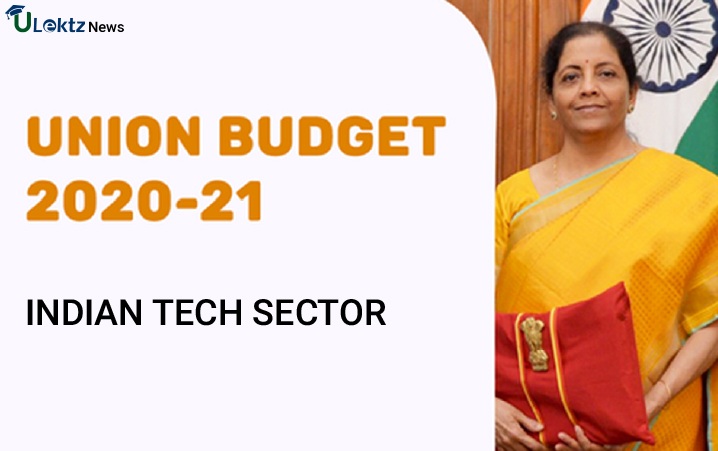This year’s Union Budget to be presented on February 1 holds a special significance for the education sector. In many ways, the events of 2020 acted as a catalyst for the much-discussed acceptance of eLearning. While the sector witnessed a smooth transition, the government is now expected to bend backwards to accommodate the disruptions caused by Covid-19. Not to forget, our administration is also seeking to lay a strong foundation for implementing the National Education Policy (NEP) 2020. Thus, Budget 2021-22 announcements within the education sector could prove to be a decisive milestone in the lives of India’s youth. Let us look at some of these key expectations:
Booster for Ed-Tech in Education Sector: With students and professionals spending most of 2020 indoors, Ed-Tech companies have done a commendable job to fuel the ‘teaching’ engine. It is time the government provides much-needed recognition to this industry, whether in terms of tax incentives and/or encouraging start-up space within this industry. Continuous improvement in Internet access throughout the country and clear data protection laws are need of the hour. This Budget provides a great opportunity for the government to win the faith of their sceptics within this industry. While many industries battled for survival, the EdTech industry in India alone cornered an estimated $ 2 billion investment. We are looking at a massive breakout in terms of product offerings and employment opportunities within this sector in the coming years. Evidently, these offerings range from kindergarten level to professional certifications. Central and state government-run schools and offices must look to increase their collaborations with home-grown Ed-Tech companies. Thus, further strengthening Hon. Prime Minister’s resolve for an ‘Aatmanirbhar Bharat’.
Assistance to the needy in the Education Sector: As we head towards achieving an 80% literacy rate, special attention must be put to lowering drop-outs at school levels. With a per capita income estimated at $1,850, relatively high cost of education remains the main reason for drop-outs. Government schemes like mid-day meals and free distribution of educational materials have helped stem the attrition rate to a certain extent. As education moves online, assistance in funding laptops and other one-time expenses should be on the government’s to-do list. Impactful awareness campaigns should be running to ensure parents are not scared from educating their children. In the realm of higher education, the government should let banks offer study loans at a reasonable rate of interest. Higher education degrees within medicine, management, and engineering are quite expensive. Study loan remains a preferred choice of funding for students whether studying locally or internationally. Prospective students receive unsecured loans up to Rs 7,50,000 for international education and up to Rs 10,00,000 for domestic colleges. However, the tuition costs themselves are far greater with the majority having to fund the cost of living from their own pockets; adding to the misery, last year alone the rupee declined by an estimated 10%. Easy access to funds and a friendlier banker is a key necessity to help students fulfil their dreams and to build a strong nation.
As discussed above, all eyes are now set on Madam Finance Minister to lead the implementation of the National Education Policy 2020.








